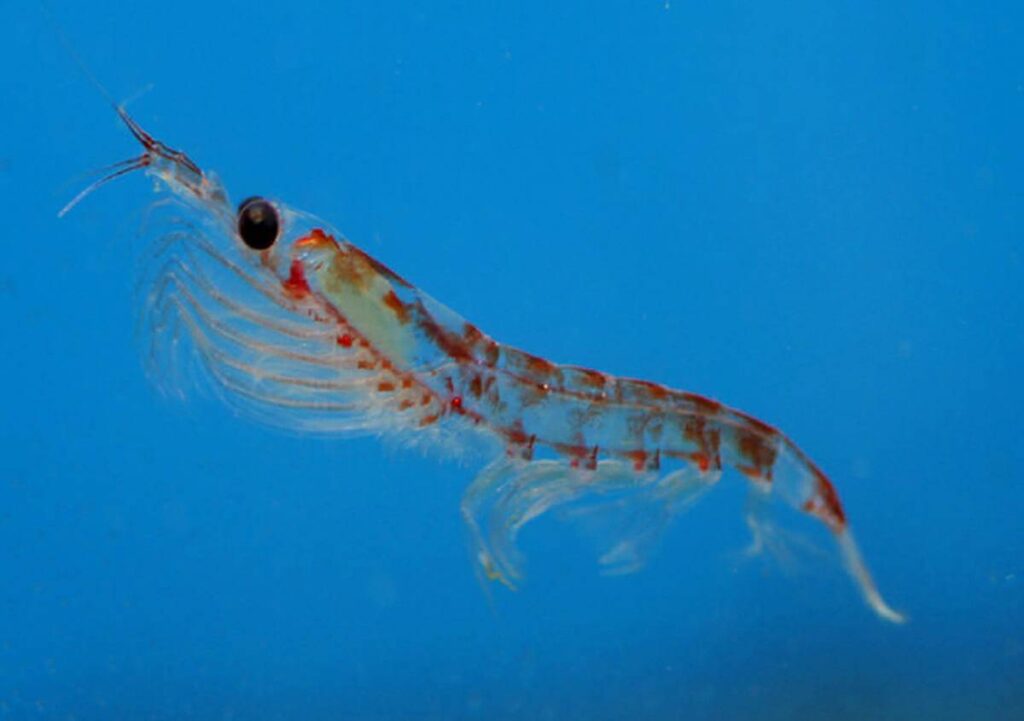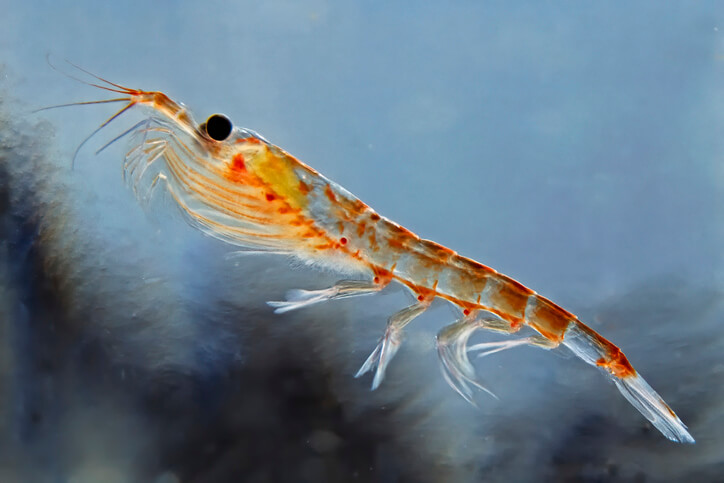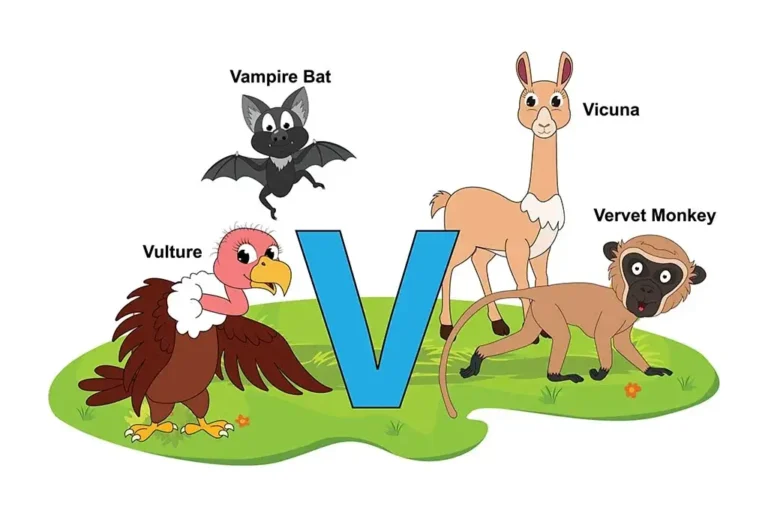Krill: Essential Marine Life, Facts, Habitat, and Conservation
Krill are small, shrimp-like marine creatures that play a vital role in ocean ecosystems. Despite their tiny size, these crustaceans are a cornerstone of the aquatic food chain, supporting a variety of species, from whales to penguins. In this article, we’ll dive deep into the world of krill, exploring their scientific classification, physical characteristics, habitat, behavior, diet, reproduction, predators, and conservation status.
Additionally, we’ll cover exciting facts, their evolutionary history, and their relationship with humans.
Contents
Scientific Classification
- Kingdom: Animalia
- Phylum: Arthropoda
- Class: Malacostraca
- Order: Euphausiacea
- Family: Euphausiidae
- Genus: Euphausia (among others)
- Common Name: Krill
There are about 85 known species of krill, the most well-known being the Antarctic krill (Euphausia superba), which inhabits the Southern Ocean.
Physical Characteristics

Krill are small, ranging between 1 and 6 centimeters in length, depending on the species. Their bodies are transparent and consist of three main sections: the head, thorax, and abdomen. They have large, black compound eyes, and their exoskeleton is slightly pink due to carotenoid pigments, mainly when they consume phytoplankton.
- Size: 1-6 cm
- Color: Transparent with a pinkish hue
- Body Structure: Segmented with a distinct head, thorax, and abdomen
- Eyes: Large, compound eyes
- Antennae: Long, paired antennae for sensing their environment
One notable feature is that krill are bioluminescent, meaning they can produce light. This light, emitted by particular organs called photophores, likely plays a role in communication and camouflage.
Habitat and Distribution
Krill are found in oceans worldwide but are especially abundant in colder waters. Antarctic krill, for example, thrive in the icy waters of the Southern Ocean, while other species populate the northern Pacific and Atlantic Oceans. Krill are typically found in the open ocean but also inhabit coastal waters.
- Global Distribution: Worldwide, predominantly in cold waters
- Preferred Habitat: Pelagic (open ocean) zones, occasionally near the coast
- Depth Range: Surface to depths of around 200 meters
They are highly migratory and exhibit daily vertical migrations, moving up to the surface at night to feed and descending to deeper waters during the day.
Behavior

Krill are social creatures and form large swarms, sometimes numbering billions. These swarms can cover hundreds of square kilometers, making them one of the most impressive mass gatherings in the ocean. The swarming behavior helps them evade predators through safety in numbers and facilitates efficient feeding.
Krill are also known for their vertical migrations, which helps them avoid daytime predators while feeding on phytoplankton near the ocean’s surface at night.
Diet
Krill are omnivorous, feeding primarily on phytoplankton, tiny zooplankton, and algae. During the day, they filter-feed, using their specialized appendages to strain small food particles from the water. Krill are vital in the marine food web because they convert the energy from microscopic algae into a form accessible to larger animals.
- Primary Diet: Phytoplankton, algae
- Secondary Diet: Zooplankton, detritus
- Feeding Behavior: Filter-feeding
Antarctic krill can survive for long periods without food by shrinking their bodies and slowing their metabolism during times of scarcity.
Reproduction
Krill have a complex reproductive process, often influenced by environmental conditions such as temperature and food availability. Mating occurs during the warmer months, and females can produce thousands of eggs in a single spawning event.
- Spawning Frequency: Seasonal, primarily in warmer months
- Number of Eggs: 1,000–10,000 per spawning event
- Incubation Period: Varies with species and temperature, usually a few days to weeks
- Larval Development: After hatching, larvae undergo several developmental stages before reaching adulthood
The eggs typically sink into deeper waters, where they hatch. The larvae gradually rise back to the surface as they grow and develop.
Predators
Krill are a vital food source for many marine animals, making them a cornerstone of the marine ecosystem. Their primary predators include:
- Whales: Especially baleen whales like blue, humpback, and fin whales
- Seals: Particularly crabeater and fur seals
- Penguins: Emperor and Adélie penguins rely heavily on krill for sustenance
- Fish: Species such as cod and herring
- Seabirds: Petrels, shearwaters, and albatrosses
The vast numbers of krill ensure that, despite heavy predation, their populations remain relatively stable under normal conditions.
Conservation Status
Despite being harvested for use in dietary supplements and fish food, krill populations are currently abundant. However, climate change and ocean acidification pose potential threats to their habitat, particularly in the Antarctic. The loss of sea ice, a critical habitat for Antarctic krill, could significantly decline their numbers.
- IUCN Status: Least Concern (currently)
- Threats: Climate change, ocean acidification, commercial fishing
Efforts are being made to manage krill fisheries sustainably, as they are crucial to the health of marine ecosystems.
Interesting Facts
- Bioluminescence: Krill are one of the few creatures capable of producing light, using it to communicate and evade predators.
- Most enormous Swarms: Some krill swarms are so dense that they can be seen from space!
- Survival Mechanism: During food shortages, krill can shrink in size, conserving energy and surviving for months without eating.
- Key to the Food Chain: Krill are sometimes called the “engine of the ocean,” as they transfer energy from tiny algae to large marine predators.
Evolutionary History
Krill have existed for over 500 million years, making them one of the oldest species still thriving today. Their evolutionary adaptations, including their swarming behavior and bioluminescence, have allowed them to survive in diverse and changing environments.
- Origin: Over 500 million years ago (Cambrian period)
- Adaptations: Swarming, bioluminescence, vertical migration
- Evolutionary Role: Integral to the marine food web since early oceanic life
Their resilience and ability to thrive in various oceanic conditions have made them one of the most successful marine organisms.
Relationship with Humans
Krill are increasingly harvested for their rich omega-3 fatty acids and used in supplements, animal feed, and aquaculture. While krill fishing is a growing industry, it is carefully monitored to prevent overfishing and to protect its essential role in marine ecosystems.
- Human Use: Omega-3 supplements, fish feed, and livestock feed
- Sustainability: Managed fisheries with strict quotas to prevent depletion
- Environmental Impact: Overfishing and environmental changes could threaten krill populations, impacting the entire marine food chain.
Conclusion
Krill may be small, but their impact on the ocean ecosystem is immense. They provide a critical food source for many marine species, and their resilience through evolutionary history speaks to their importance in the aquatic food chain. As we face challenges such as climate change and increasing commercial interest, the conservation of krill remains vital for the health of our oceans.
- Golden Retriever Pros and Cons: What Every Pet Parent Should Know - 15 September 2025
- Cane Corso Dog Breed: Health, Care, and Lifespan - 14 September 2025
- Catahoula Leopard Dogs: Description, Temperament, Lifespan, & Facts - 21 July 2025







